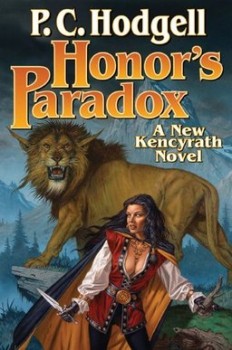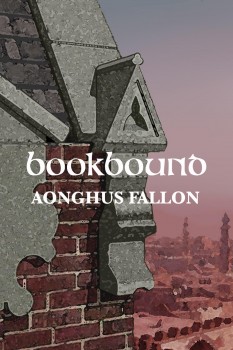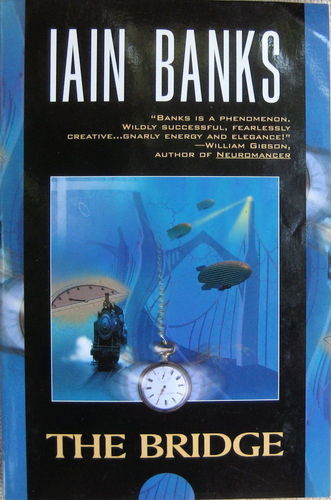October Short Story Roundup
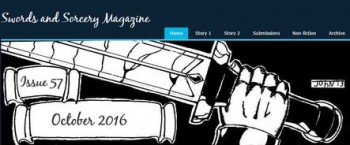 October brought another nice batch of heroic fantasy magazines to my electronic doorstep. Among them were regulars Swords and Sorcery Magazine and Heroic Fantasy Quarterly. A newcomer was the old-school paper-and-ink fanzine, Scrolls of Legendry (two issues in fact) from the hands of Swords of Steel maestro, Dave Ritzlin.
October brought another nice batch of heroic fantasy magazines to my electronic doorstep. Among them were regulars Swords and Sorcery Magazine and Heroic Fantasy Quarterly. A newcomer was the old-school paper-and-ink fanzine, Scrolls of Legendry (two issues in fact) from the hands of Swords of Steel maestro, Dave Ritzlin.
I am not sure I have ever heard mention of Swords and Sorcery Magazine outside this column or the blogs of the authors it publishes. While it hasn’t the professional look of Heroic Fantasy Quarterly or Beneath Ceaseless Skies, its commendable dedication to the genre deserves respect and recognition. For nearly five years now, Curtis Ellett has published two new stories each and every month and for that I am very grateful.
Issue #57’s first story is shy on swordplay, but heavy with poetical sorcery. “Ephemera” by David Bowles depicts a magical contest between a Mexican princess and a Japanese monk. In an alternate timeline, Japan has been conquered by the Aztec Empire. The story occurs during the celebration of Tanabata, the Star Festival. The event is a showcase of powerful Aztec magic, held in order to deter encroachment by the Ming Empire and inspire the inhabitants of Nippon.
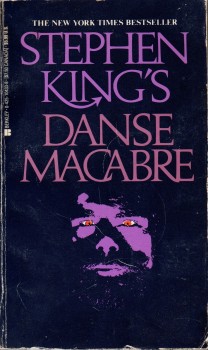
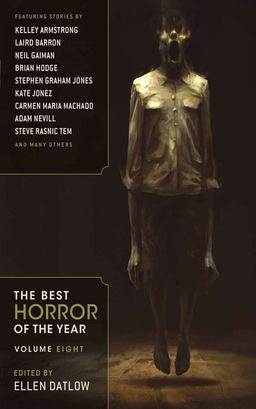

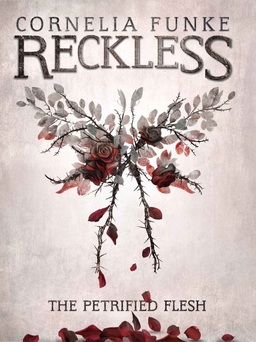
 I know I’ve mentioned before that I’m a big fan of the original anthology, and I’d like to take the opportunity to draw your attention to two new ones that have crossed my table in the last month or so.
I know I’ve mentioned before that I’m a big fan of the original anthology, and I’d like to take the opportunity to draw your attention to two new ones that have crossed my table in the last month or so.